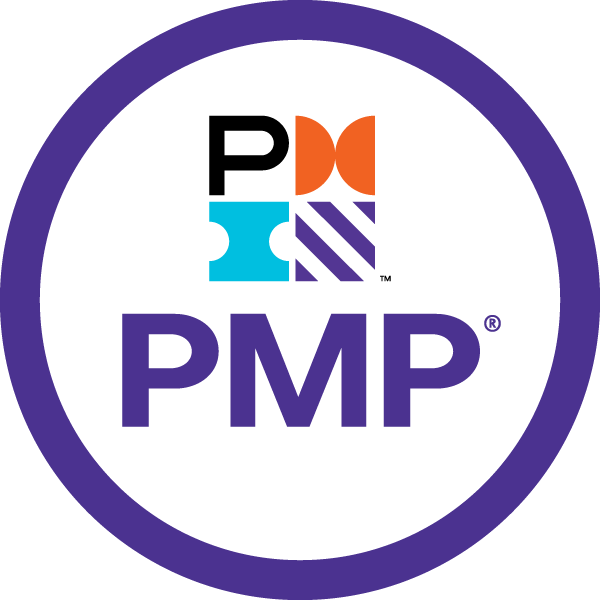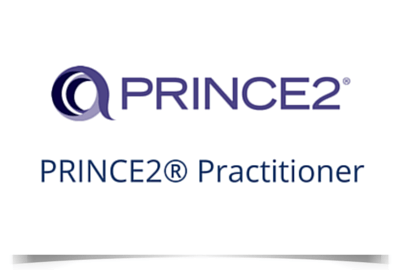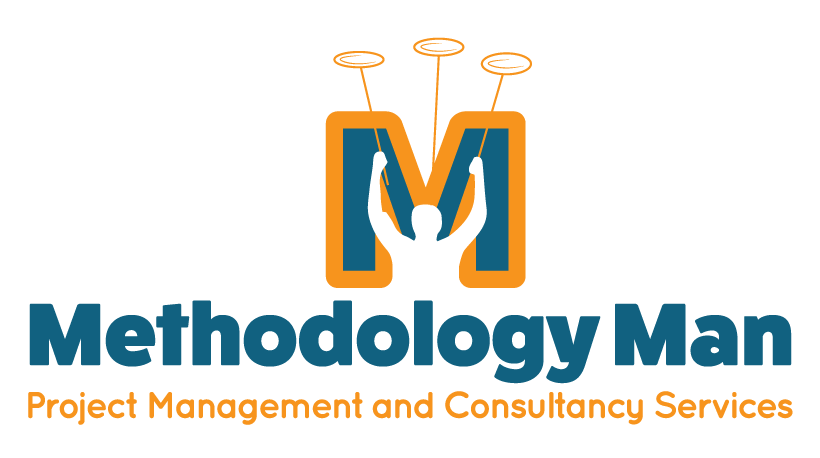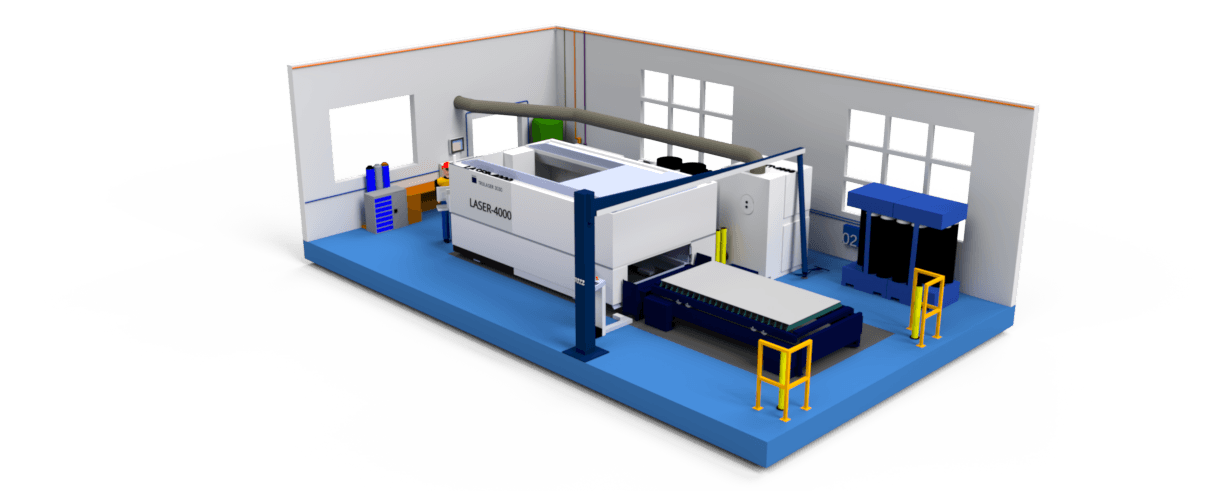Understanding Different Project Management Methodologies: Choosing the Right Approach for Your Projects
As a project manager with over 25 years of experience working across various industries—such as industrial equipment installations, factory builds, and construction projects—I’ve encountered many different approaches to project management. Whether you're managing a small SME project or a large-scale international operation, choosing the right methodology can determine a project’s success. So, how do you decide which method to use? The answer is simple: it depends on the nature of the project and the outcome you're aiming for.
In this post, I’ll take you through some of the most widely used project management methodologies and explain when each might be the right fit for your project.
1. Waterfall: The Classic Approach
What is it?
Waterfall is one of the oldest and most traditional project management methodologies. It’s a linear and sequential approach, where each phase of the project must be completed before the next one begins. Waterfall works best for projects where the scope and requirements are clear from the outset and unlikely to change.
When to Use it?
Waterfall is ideal for projects where everything needs to be planned in advance, such as
industrial installations,
construction, or
equipment procurement, where design and specifications are fixed early on. If you’re working on a project with long lead times and specific equipment needs (like those in my line of work), Waterfall is likely the best choice.
Advantages:
- Clear, structured approach with set milestones.
- Predictable timelines and budgets.
- Easier to manage when changes are minimal.
Disadvantages:
- Not flexible if changes arise mid-project.
- Doesn’t accommodate iterative work or evolving requirements.
2. Agile: Flexibility at its Core
What is it?
Agile is an iterative and incremental methodology that breaks the project into smaller, manageable chunks. Teams focus on delivering parts of the project in cycles, known as "sprints," allowing them to continuously improve and adapt as they go.
When to Use it?
Agile is perfect for projects that require flexibility and continuous feedback. While it may not always be suitable for industries with long lead times and rigid requirements (like heavy machinery installation), there are elements where Agile can be extremely useful—particularly in
warehousing,
IT projects, or
design stages where configurations (e.g., racking systems) can evolve and change throughout the project.
Advantages:
- High flexibility and adaptability to changing client needs.
- Early and continuous delivery of parts of the project.
- Easier to manage risk with frequent reviews.
Disadvantages:
- Can be challenging to apply when the project scope is fixed or involves strict regulations.
- Requires a high level of communication and collaboration between stakeholders.
3. PRINCE2: Process-Driven and Structured
What is it?
PRINCE2 (Projects in Controlled Environments) is a process-driven methodology that breaks down projects into clearly defined stages. It focuses heavily on organising and controlling the project at every level, ensuring that every phase is documented and controlled. PRINCE2 is commonly used in the UK and across public sector projects.
When to Use it?
PRINCE2 is often applied in large, complex projects where governance and documentation are essential—like those in the
public sector,
construction, and
engineering industries. If you’re managing a project that requires extensive documentation and precise control over resources, PRINCE2 is a strong option.
Advantages:
- Clear structure with defined roles and responsibilities.
- Emphasis on thorough documentation, which is useful for compliance-heavy industries.
- Focus on business justification throughout the project.
Disadvantages:
- Can be bureaucratic, making it less suitable for smaller, more flexible projects.
- Requires significant upfront planning and resources.
4. Lean: Efficiency and Waste Reduction
What is it?
Lean project management focuses on maximising value while minimising waste—whether that’s time, materials, or effort. Originally developed for the manufacturing sector, Lean aims to improve the overall efficiency of the process while delivering high-quality results.
When to Use it?
Lean is particularly effective for projects in the
manufacturing,
construction, or
product development industries, where the goal is to eliminate unnecessary steps and streamline processes. If you’re working on an ongoing project or a project with repeatable elements (such as machinery installation or product designs), Lean could help improve efficiency and reduce costs.
Advantages:
- Maximises resource efficiency.
- Reduces waste, helping to control costs.
- Focuses on continuous improvement and iterative refinement.
Disadvantages:
- May not work well for projects with highly defined scope and requirements.
- Can be challenging to implement without a dedicated focus on improving processes.
5. Scrum: A Specialized Form of Agile
What is it?
Scrum is a more specific implementation of the Agile methodology, commonly used for software development, but also applicable in other industries. The focus is on delivering products in short, time-boxed "sprints" with a cross-functional team working collaboratively.
When to Use it?
Like Agile, Scrum is best for projects where flexibility and frequent feedback are important. While not a fit for highly structured projects like large-scale industrial builds, Scrum can be effective when working on
IT systems,
design phases, or even
complex product development that requires rapid iterations.
Advantages:
- Enables teams to adapt quickly to changes in scope.
- Improves collaboration and communication between team members.
- Frequent deliveries allow for better feedback and faster course correction.
Disadvantages:
- Can be difficult to scale for large projects.
- Requires committed and experienced team members, which may not be available in smaller teams or firms.
6. If All Else Fails, Just Get It Done – Any Way Possible
What is it?
Sometimes, despite all the planning, processes, and methodologies, the project just needs to get done. The methodology doesn’t matter if the deadline is approaching, the pressure is mounting, and you're facing roadblocks. That’s when you need to channel your inner project manager and get things done, no matter what.
When to Use it?
This approach is for those moments when everything’s going sideways: suppliers delay, teams are under pressure, or the plan just isn’t working. The critical thing is to adapt, overcome, and make sure the project moves forward. Sometimes, you just have to take a step back from the process and get creative to make it work.
How to Get It Done:
- Prioritise: Focus on what absolutely needs to happen to keep the project moving. Do whatever it takes to get those key tasks completed.
- Delegate: Don’t hesitate to bring in extra hands or resources. Whether it's temporary staff, trusted contractors, or your go-to subcontractors, get help if you need it.
- Communication: Keep everyone in the loop, even when things aren’t going according to plan. Good communication ensures no one is left in the dark, and everyone is pulling in the same direction.
- Get Creative: If there’s a barrier, look for a workaround. If the usual method isn’t working, try something new—whatever gets the job done.
Advantages:
- Results-driven—no excuses, no delays.
- The "just do it" mentality can push teams through challenges.
- Often the best option when things hit the fan and the deadline is looming.
Disadvantages:
- May cause burnout or stress if relied on too much.
- Can lead to short-term fixes that don’t address long-term issues.
- Not sustainable for every project.
The Bottom Line:
When push comes to shove, sometimes you need to get things done, no matter what it takes. It’s all about delivering results and ensuring your client is happy—even if the process isn’t as pretty as it was meant to be. In the end, it’s all about getting the project across the line, and sometimes that means breaking the rules and finding a creative solution.
Which Methodology Should You Choose?
As a project manager, I believe the methodology you use should depend on the organisation or deliverable—there is no one-size-fits-all solution. Each methodology has its strengths and weaknesses, and it’s important to consider the project’s scope, timeline, flexibility, and resources.
In my experience, Waterfall and PRINCE2 are typically ideal for industries like construction or manufacturing where there are set specifications, while Agile and Lean are better suited for projects that require ongoing feedback and adaptability. Scrum, being a specific form of Agile, works well for smaller teams focusing on incremental delivery and innovation.
Ultimately, it’s about choosing the right approach for the job, ensuring your team is equipped with the tools, knowledge, and mindset to deliver successful projects on time and within budget.
In Conclusion:
No matter what methodology you choose, the key to successful project management lies in clear communication, strong leadership, and the ability to adapt to changes as they arise. If you're managing projects for SMEs or overseeing international projects, having the right methodology at your disposal ensures
that every step is handled with precision and expertise.
Follow Us
Copyright Methodology Man ltd 2025.
UK Company No: 14750518
Director J Edgar
To see our Privacy Policy please visit www.methodologyman.com/privacy




